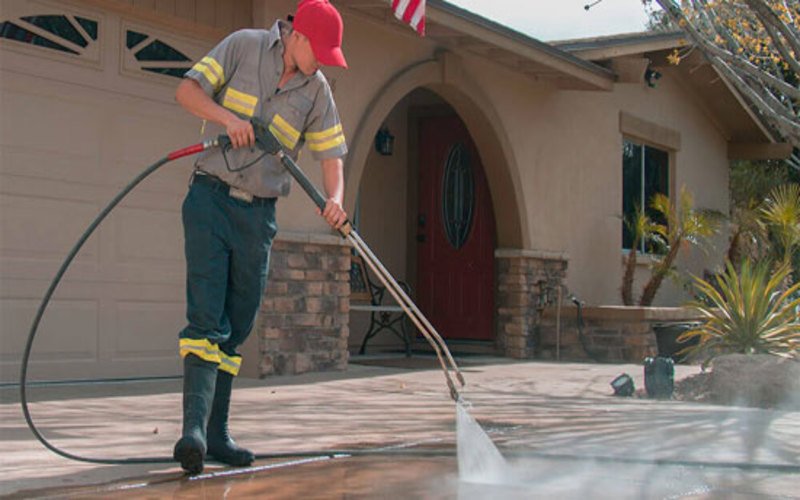The process of taking out hair extensions is never easy, or at least not if you are aiming to avoid pulling your natural hair. There are numerous approaches to remove hair extensions, and the difficulty level of the removal also depends upon the kind of extension. Therefore, one must be knowledgeable about how and when to remove hair extensions appropriately.
This guide will teach you how to remove hair extensions so you don’t damage your hair. Extension removal can be a DIY if you are willing to experiment with things, but in case of uncertainties, you are always welcome to seek a professional.
Removal Methods For Different Extension Types
Taking off hair extensions without consideration is dangerous as it results in follicle or root damage, scalp irritations, etc. Moreover, you can end up with a permanently damaged bunch of extensions and won’t be able to reuse them. You can protect your hair and the extensions by employing the correct uninstallation practices.
Clip-In Extensions
Clip-in extensions are the easiest to remove as the extensions are held in place by small clips. The proper manner is to use your fingers to slowly unfold the clips, beginning with the ones that are located at the nape and progress to the crown section. Always avoid pulling the clips because yanking will also damage your hair roots and cause hair breakage.
After opening each clip, slowly remove the extension from your hair, ensuring it doesn’t tangle with the rest of your hair. Later, detangle your hair to ensure everything is fine and no clips are left.
Tape-In Extensions
Tape-in extensions are fixed using tapes or adhesive strips that attach near the roots. Most of these can be erased easily, but erasing these requires a little more time. Apply a remover on the tapes you want to remove. Rub the product in and let it sit for approximately 5 to 10 minutes.
Once the remover dissolves the adhesive, start pulling the tape gently from one corner and work your way to the end. If the tape resist, apply more remover and try again. Once the extensions are removed, there maybe some adhesive left behind. Use some remover on the hair and massage to remove it entirely. Once done, wash your hair to wipe away the remover and the glues, and apply a hydrating conditioner.
Sew-In Extensions
Sew-in extensions or weaves require putting your natural hair into cornrows and then sewing the extensions to them using threads. To remove them, it’s necessary to use small scissors or a special tool called seam ripper. Begin by finding the colored thread that was used to sow the extensions in the hair. Ensure that you do not cut your natural hair when cutting the thread, and then ease the stitches.
After stripping off the extensions, wash and condition your natural hair because it has been under the weave for weeks or months. When unbraiding, do not twist the hair around each other because they may entangle again according to the braiding pattern.
Glue-In Extensions
There are several hair extensions that use glue to attach the weaves to your hair. To get rid of these, you will require a sticky tape remover suitable for the hair glue type. Start by rubbing the remover on the extensions attachments and allow it to sit for some time. When the glue has liquefied greatly, patiently and carefully remove the extensions without harshly pulling them.
Once every weave is removed, wash your hair until all traces of the glue extensions are washed off. You can also treat your hair with a deep conditioner to replace any lost moisture and reduce the instances of breakage.
Micro-Link Extensions
Micro-link extensions work by fitting tiny metal beads, or micro-rings, on the actual hair. Erasing these demands a particular form of pliers that work with the beads. Partition your hair and use the pliers to slowly push the bead in the opposite direction until it opens up.
When the bead is loose, the extension can be easily removed from the hair or pulled out. Once you have stripped all the extensions, run your hand through your hair to ensure no tangles. Lightly massage the scalp to promote relaxation.
Conclusion
Most hair extensions can be safely and efficiently removed if the right procedures are deployed. If you are careful about using the right tools in hair treatment, applying the correct products, and being patient, you can avoid hair damage and successful extension removal. Regardless of the extension type, it is important to massage your scalp after removal and wash and condition the hair to soothe the stress (the extensions had put on).















